South Pacific Ocean —(Map)
A massive “raft” of very lightweight rocks called pumice is floating across the South Pacific Ocean. The rocks came from an undersea volcano and are expected to wind up in Australia in seven to 12 months.
Pumice is an extremely light rock made when super-hot, liquid rock is thrown out of a volcano. Millions of tiny bubbles form as the rock cools quickly, leaving a light, foam-like rock that can often float.
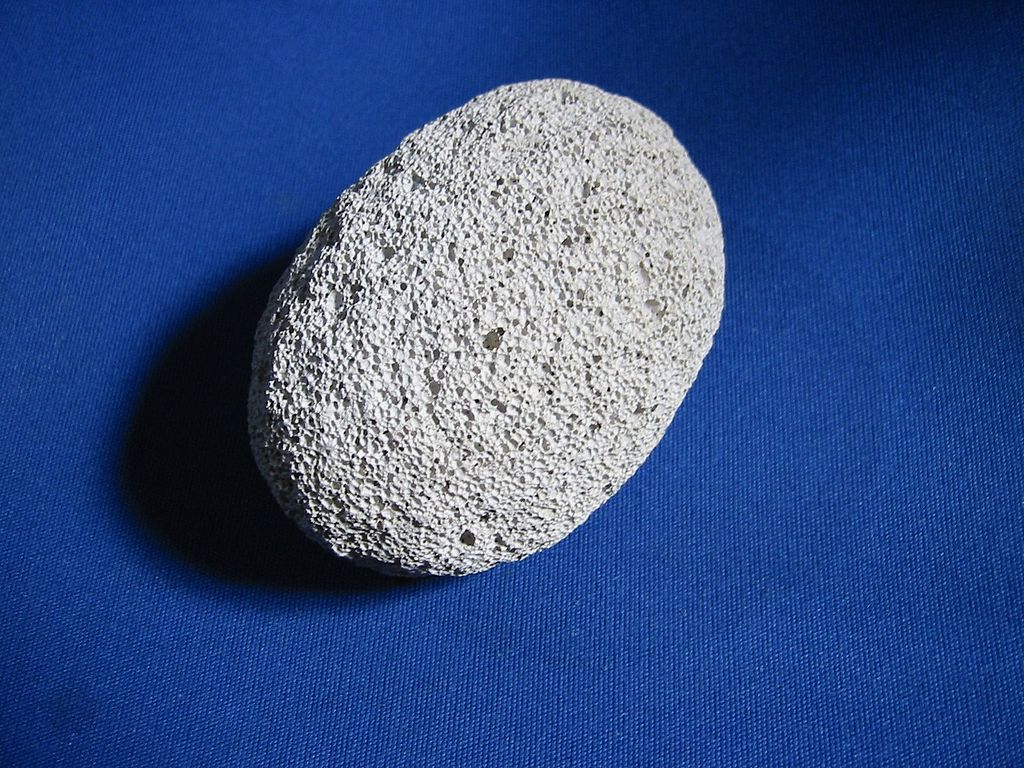
(Source: deltalimatrieste [Public domain], via Wikimedia Commons.)
Pumice rafts aren’t that unusual. Scientists say they happen about once every five years. Lava from underwater volcanoes usually cools quickly, creating lots of pumice.
The pumice raft spotted in the South Pacific is huge. The raft covers around 58 square miles (150 square kilometers). One section of the raft is about 1.5 miles (2.5 kilometers) wide and 22 miles (35 kilometers) long. Another section is about 31 miles (50 kilometers) long.

(Source: NASA Earth Observatory.)
The raft was first noticed by sailors on August 9 about 70 miles (113 kilometers) from the island nation of Tonga. A small ship called “Olive” came across “ribbons” of pumice on the sea’s surface. One of the ship’s officers, Rachel Mackie, said the ship was soon “surrounded as far as the eye could see.”
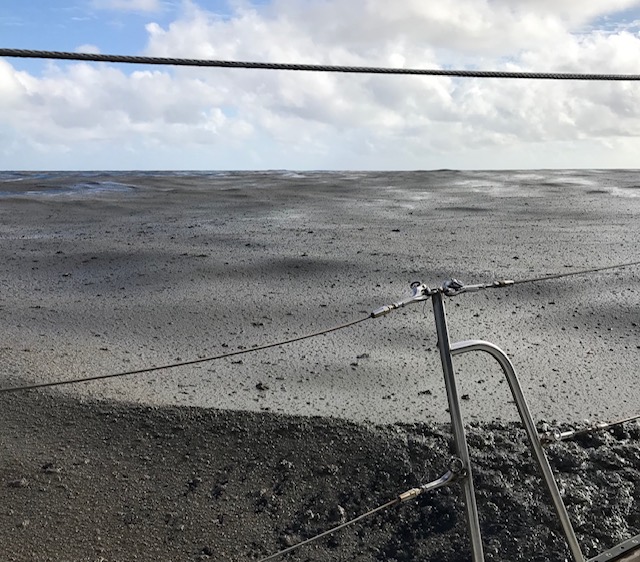
(Source: Rachel Mackie, OliveOcean.com.)
Ms. Mackie reports that the raft was about a foot (30 centimeters) deep and had some large lumps as big as 32 inches (80 centimeters) across. It took the ship two hours to pass through the pumice.
On August 15, a sailing boat called “Roam” also wound up in the middle of the pumice. The sailors, Michael Hoult and Larissa Brill, said they found pumice stones of different sizes – some as small as marbles, others as large as basketballs. They said that the raft covered the sea so completely that they couldn’t see the water.
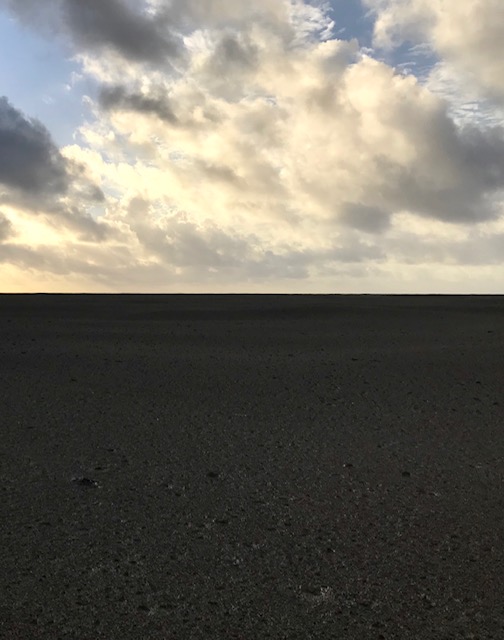
(Source: Rachel Mackie, OliveOcean.com.)
Both boats noticed a smell of sulfur – a smell closely connected with volcanoes. Sulfur smells a bit like matches.
Scientists believe the source of the pumice raft is an underwater volcano that erupted on August 7. This volcano also erupted in 2001, but it’s never been given a name.
As the raft is pushed by the movement of the ocean, it’s slowly breaking up and moving toward Australia.
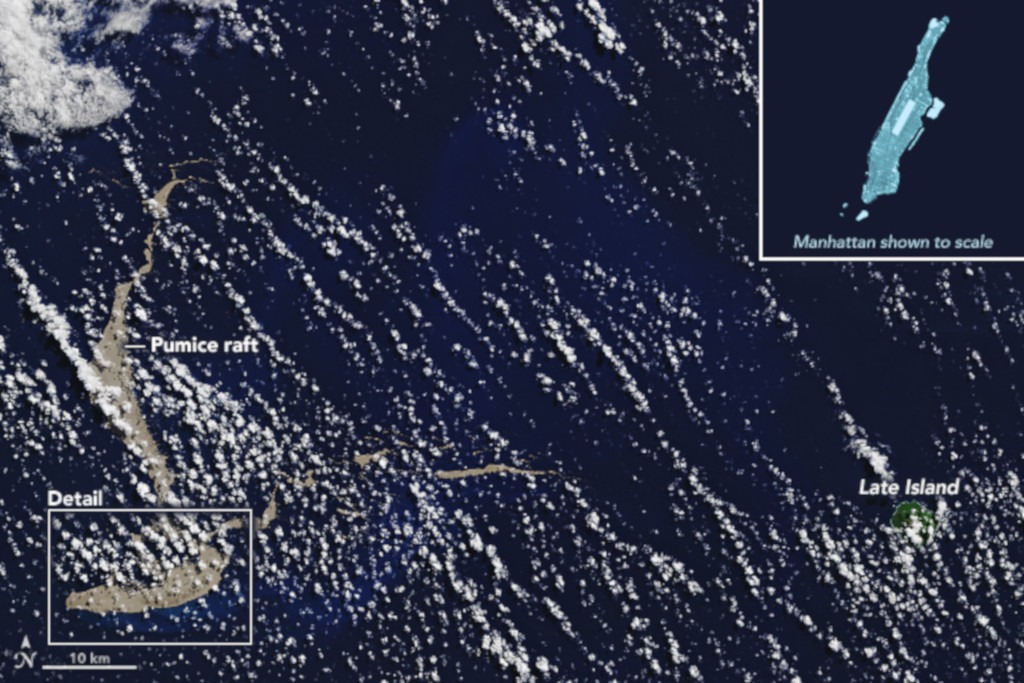
(Source: NASA Earth Observatory.)
Scott Byron, who works at the Queensland University of Technology in Australia, says that the pumice will pick up all kinds of tiny creatures and plant life as it floats across the ocean. He says the raft may bring, “algae and barnacles and corals and crabs and snails and worms.”
He hopes that the pumice raft might actually help Australia’s Great Barrier Reef – the world’s largest coral reef system. This important underwater area has lost over half of its corals since 1985, mainly because of climate change.
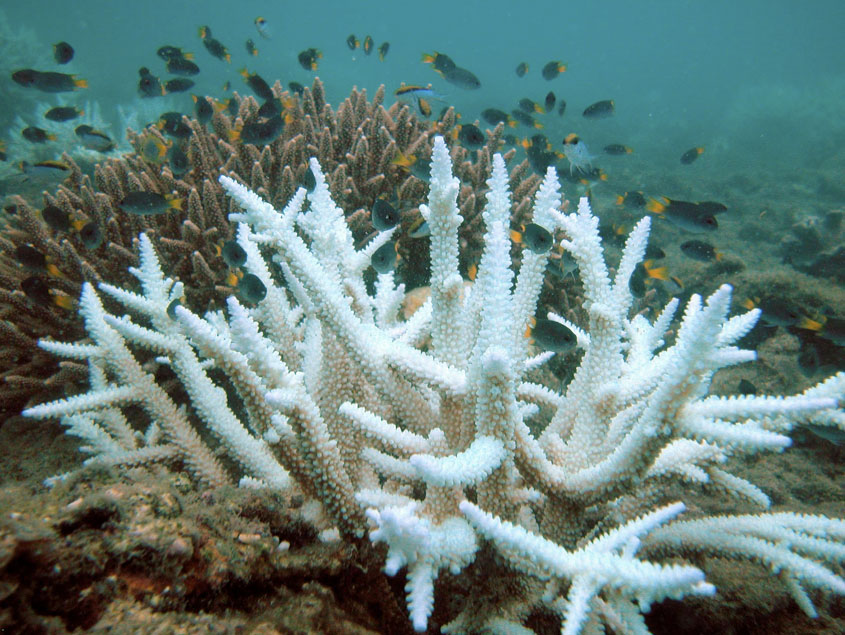
(Source: Wikipedia.org.)
The pumice raft could bring new, healthy corals, which might help restore the reef. But it’s also possible that some of the creatures riding on the pumice could damage the reef or other areas in Australia.
The Roam’s sailors are bringing samples of the pumice to Mr. Byron to study more carefully.
😕
This map has not been loaded because of your cookie choices. To view the content, you can accept 'Non-necessary' cookies.
